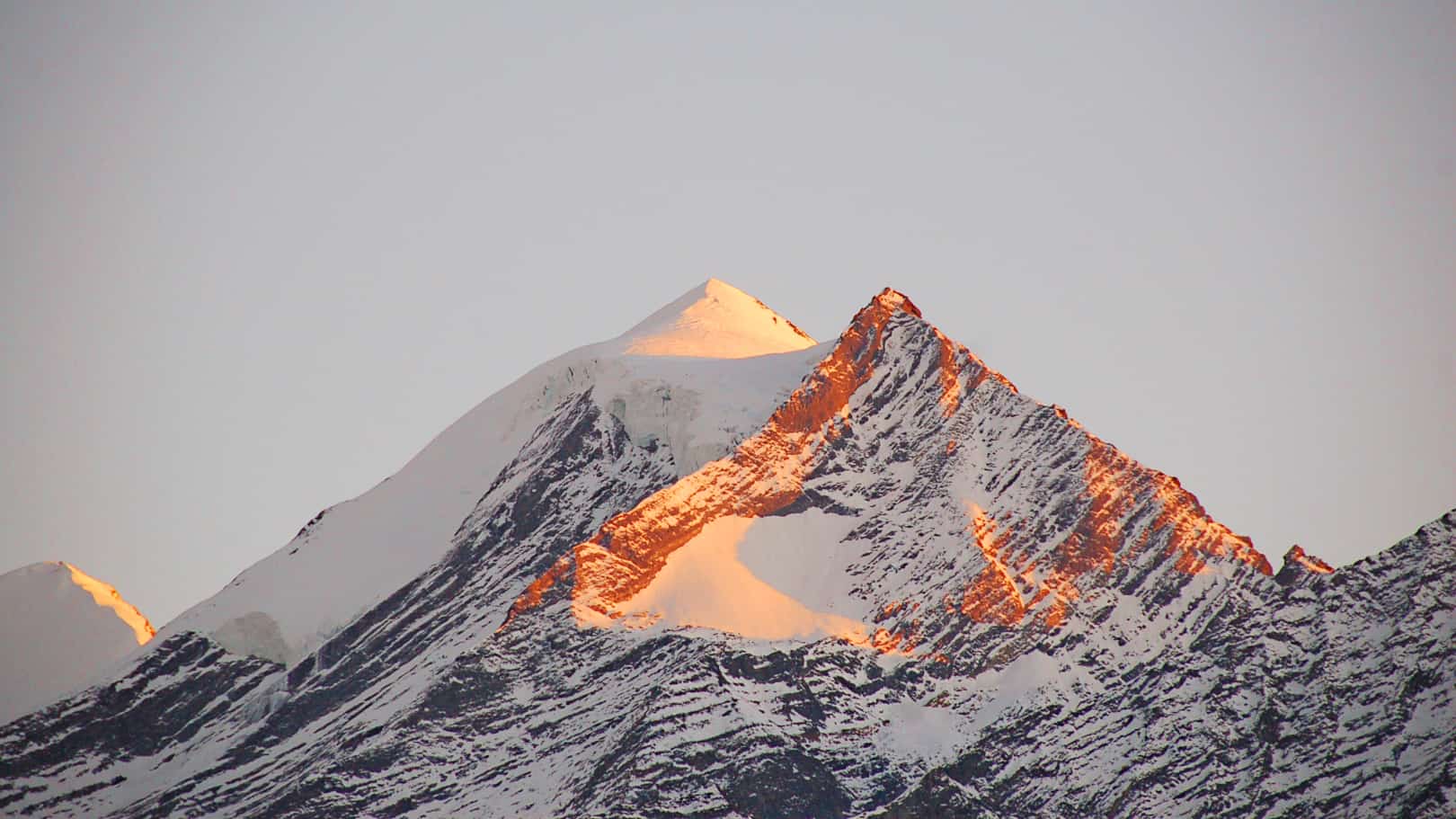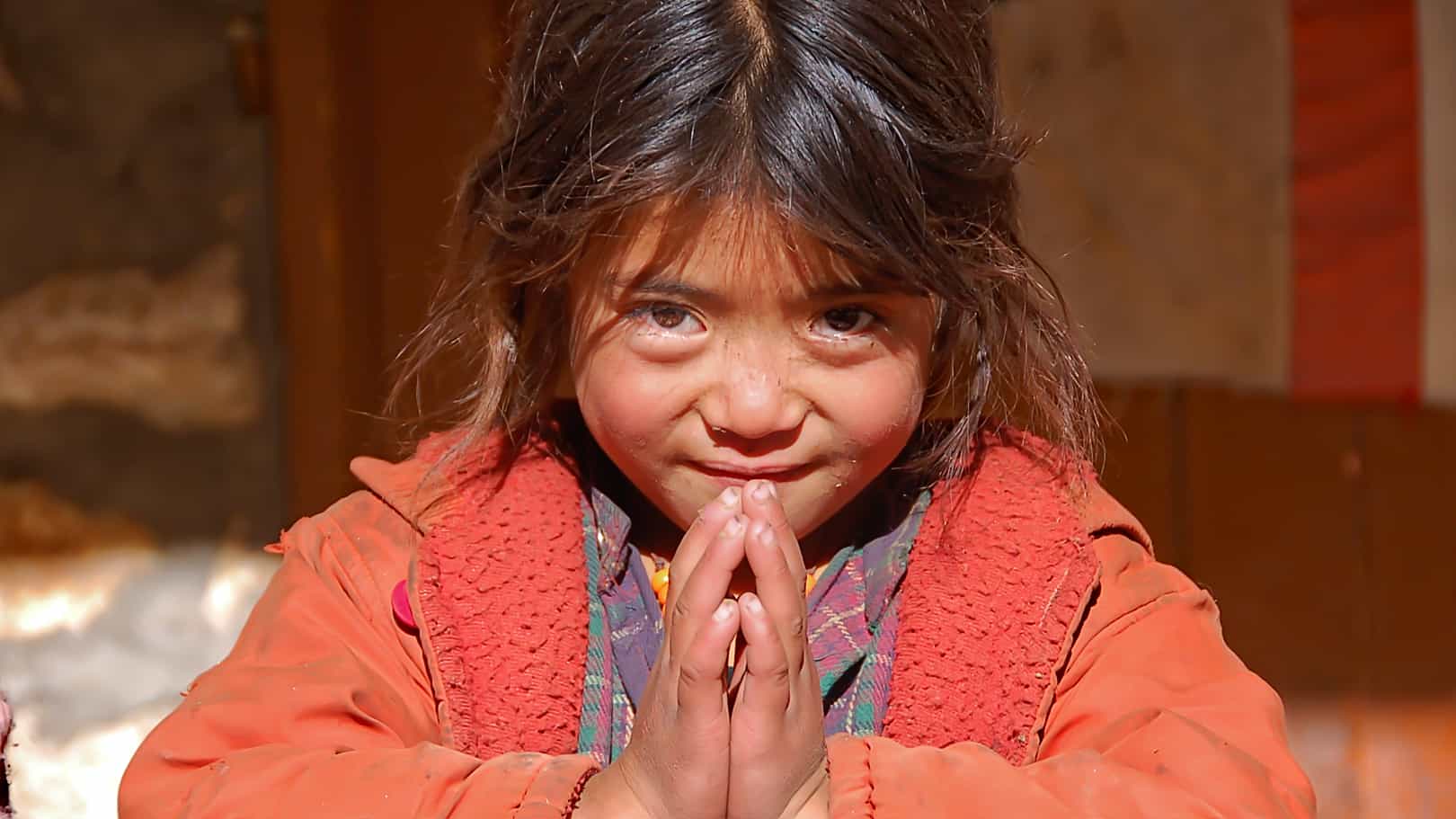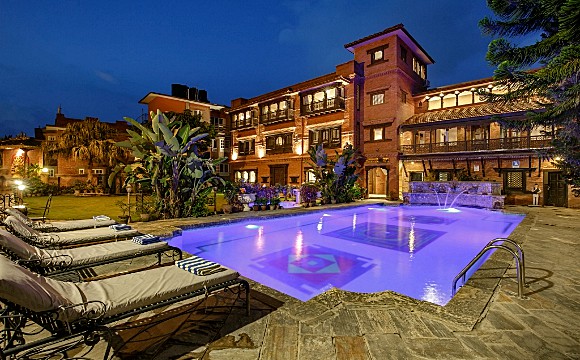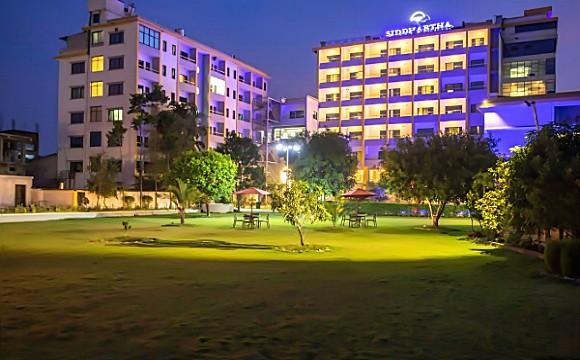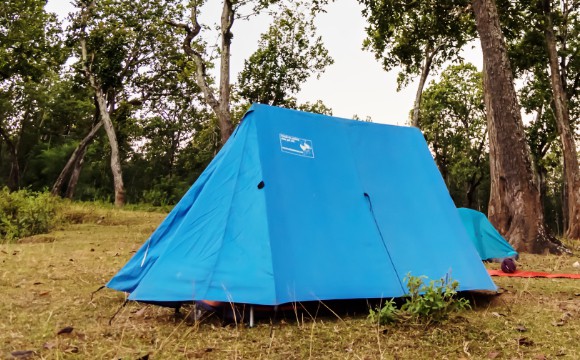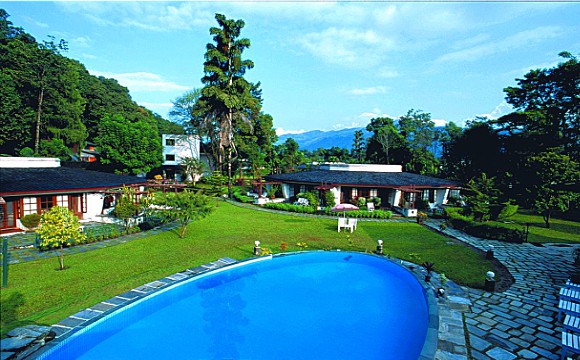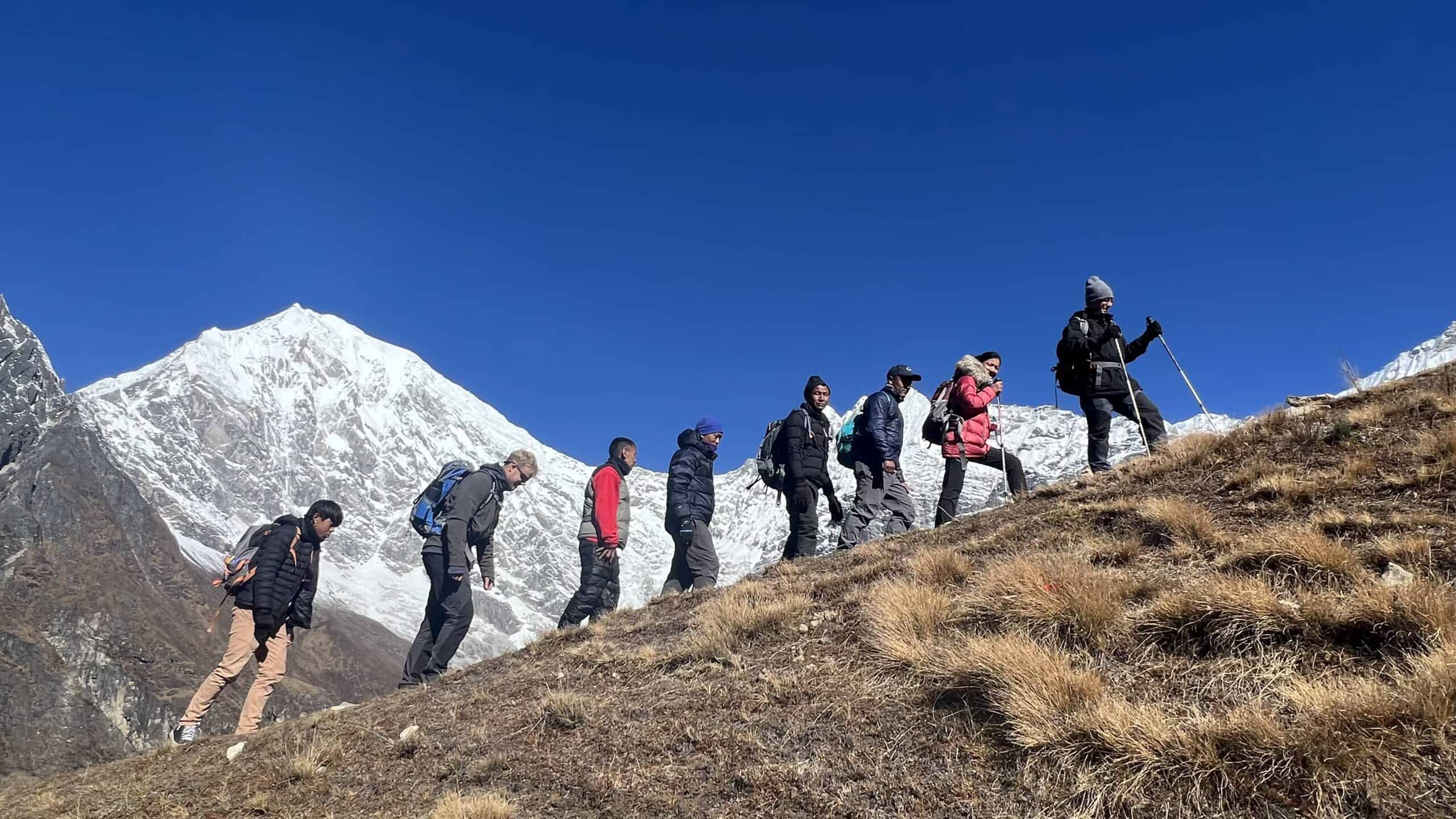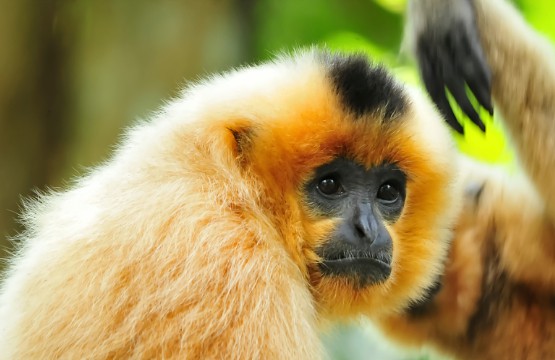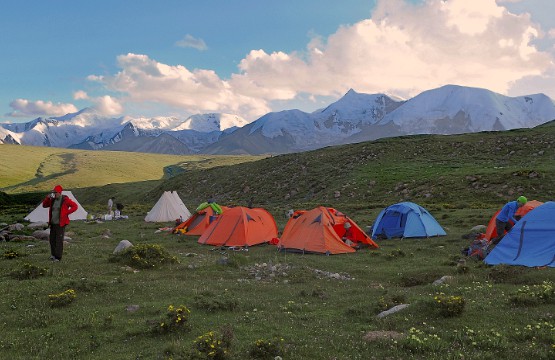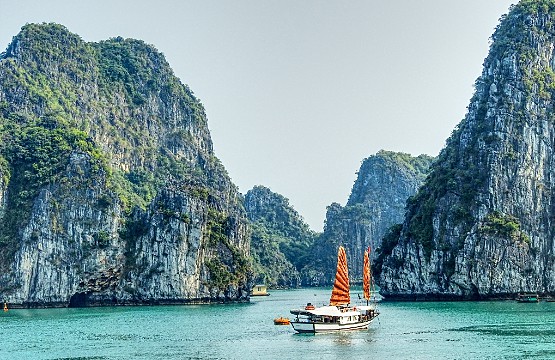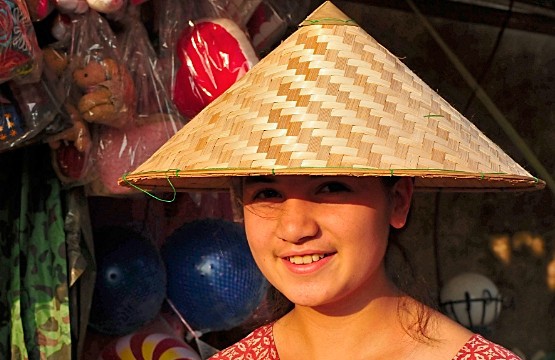Upper Dolpo Magic Trek
Legend has it that the omnipresent Guru Rinpoche, who spread Tibetan Buddhism throughout the Himalaya, discovered this hidden land, a “beyul” or refuge or shangri-la, over 1700 years ago, and it has been inhabited by Tibetan yak and sheep herders, called drokpas, for over a thousand years. Now a part... More
Legend has it that the omnipresent Guru Rinpoche, who spread Tibetan Buddhism throughout the Himalaya, discovered this hidden land, a “beyul” or refuge or shangri-la, over 1700 years ago, and it has been inhabited by Tibetan yak and sheep herders, called drokpas, for over a thousand years. Now a part of Nepali district of Dolpa, but historically was part of the Zhangzhung Bon-po Kingdom which dominated Western Tibet for over a thousand years, later defeated by the first Tibetan dynasty, Yarlung, between the sixth and eighth centuries.
Upper Dolpo trek is an evocative journey back in time to a rugged mountainous region of drystone-walled villages and Tibetan gompas, meandering alpine valleys, sculpted gorges, sacred mountains and high, sometimes snowy, passes. Our route is also the most comprehensive Upper Dolpo itinerary, taking in the entire high country and of course famed Phoksundo and the adventurous trekking exit to Jomsom.
Our Dolpo trek begins with spectacular flights along the Himalayan range to the small Juphal airstrip where we step back in time and ease into the trekking rhythm. There is no need to visit Dunai with its government offices, instead we directly hike up the richly forested Suligad River gorge, an introduction to the turquoise Phoksundo Lake where we explore the nearby gompas and villages. Entering Upper Dolpo, we traverse and climb around the spectacular lake, perhaps the most significant and certainly the most beautiful in Nepal. Scenic camps lead to our first 5000 meter pass, our unique route to sacred Shey Gompa, Shelri, Saldang and Crystal Mountain, which we can walk around, performing a kora – or relax and wash clothes.
From Saldang we climb over a ridge to culturally fascinating Shiman and Tinje (Tinkyu), busy threshing the autumn harvest, and wander along the rolling Panzang Valley traversed by traders caravans. Our last fortified Dolpo village is Chharka and some glorious big sky trekking leads to the intimidating three pass exit to Sangta, tucked away in a hidden valley of Mustang. Rounding one last major ridge with extensive Upper Mustang panoramas we descend into the Kali Gandaki valley for a smooth exit, flying out of Jomsom.
LessGiving back to the communities is our responsibility!
With every trip, you also support the SWAN and thus projects for Sustainable Community development and Biodiversity protection.
Our primary NGO partner is Social Welfare Association of Nepal (SWAN), with whom we have carried out multiple CSR (Corporate Social Responsibility) projects. Besides carrying out regular CSR activities in the areas of education and women empowerment, we have supported relief and rehabilitation initiatives in the aftermath of several natural disasters like earthquake, immediate response to COVID-19 pandemic across Nepal.
Giving something back to the world is a special and responsible affair of travel-to-nature Asia right from its inception. When you travel with travel-to-nature Asia and SWAN-Nepal, you become an integral force for change in addressing the most pressing social and wildlife conservation issues. Your tourism funds help transform the future of under-privileged and marginalized communities and transform the future of at-risk natural places you travel. Portion of our profit flows to local communities who live with and steward nature, creating jobs and improving livelihoods.
By joining one of our holidays you are playing a vital role in bringing positive changes in the lives of local community.










